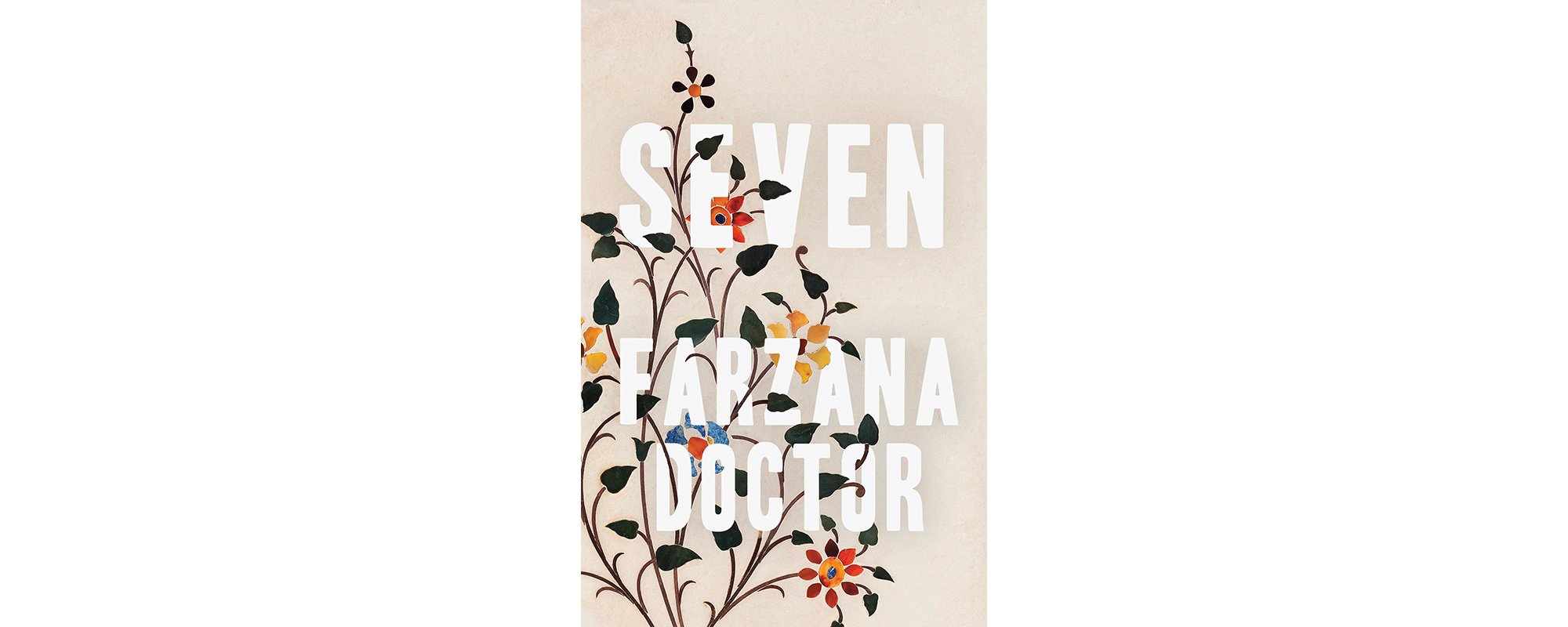 In her fourth novel, Farzana Doctor breaks open the taboo subject of khatna (female genital mutilation/cutting) in the Dawoodi Bohra community. The Dawoodi Bohra is a subsect of Shia Ismailis, known for involvement with business and trading. The leader, the Syedna, has a large say in how the community acts and interacts in the world. There is an emphasis on education and entrepreneurship, including for women, but the Dawoodi Bohra is also one of the few sects of Islam to continue the practice of khatna.
In her fourth novel, Farzana Doctor breaks open the taboo subject of khatna (female genital mutilation/cutting) in the Dawoodi Bohra community. The Dawoodi Bohra is a subsect of Shia Ismailis, known for involvement with business and trading. The leader, the Syedna, has a large say in how the community acts and interacts in the world. There is an emphasis on education and entrepreneurship, including for women, but the Dawoodi Bohra is also one of the few sects of Islam to continue the practice of khatna.
As a small and insular group, many of the habits and practices of the Dawoodi Bohra are relatively unknown to Muslims as a whole. Doctor’s novel captures the righteous anger of women from within the community to the sexual violence enacted against their bodies. As in real life, the women Doctor depicts protest khatna while simultaneously considering the potential for new communities and connections once the cycles of violence are finally broken.
Women hold a central place in Seven: as victims and perpetrators – or both – and as figures with the power to break the vicious cycle. The novel’s main character, Sharifa, finds she must grapple with the comforts that being part of a tight-knit community bring while also processing her feelings of betrayal and anger at the traumatic experience of khatna. In the novel, the women who carry on the practice of khatna are the same women who have themselves been victims of it. “I suppose kind aunts and grandmothers can also cause harm,” Doctor writes.
Tangential to Sharifa’s story is that of her great-great-grandfather, Abdoolally, and his wives. Sharifa comes to India from New York City to research her ancestor and his background but she ends up taking a greater interest in Abdoolally’s four wives, whose stories have been suppressed from family legend. Through her investigation into their lives and histories, she is able to trace the context of khatna in her own family.
Doctor celebrates family and kinship while also making a space for dissent and activism and Seven illustrates a tension between positive and negative community rituals. While eating around a thaal (a platter or large plate), Sharifa reflects on how much she enjoys this communal way of dining. In this same scene, however, her cousin Fatema suggests a transgression that is antithetical to the kind of cultural devotion Sharifa espouses. “The best lesson a Bohra girl can learn,” Fatema says, is “to question authority.” Fatema urges Sharifa’s daughter to question the things that the community’s elders tell her. Questioning the Syedna, the religious leader, is considered disrespectful and swiftly shut down.
Customs and rituals can be pleasant means of coming together as a community, and Doctor does not discount the joy that comes from practices that are shared and passed down through generations. However, the novel also argues that harmful and traumatic traditions should not be allowed to continue simply because they have been mandated by a (male) leader.
Like Doctor’s previous novels, Seven is capable of producing visceral reactions. The significance of the title, for example, is both horrifying and heartbreaking: it refers to the age at which Bohra girls undergo khatna. Sharifa’s recollection of her khatna, including small details such as being promised ice cream afterward for being a good girl, mirrors testimonies from survivors shared on platforms like WeSpeakOut and Sahiyo, organizations dedicated to ending khatna. The book’s narrative arc offers a snapshot of the different ways Bohra women might go about combating a vicious and misogynist practice: while Sharifa and her cousins protest khatna in the streets, Sharifa discovers the other ways her ancestors have attempted, unsuccessfully as it turns out, to ensure the practice is eradicated, at least in their own family’s lineage.
Throughout the novel, Doctor examines the concept of family and community and the sacrifices that must be made in order to remain true to oneself and to better the lives of others. Being an activist involves potentially cutting ties with close family who directly oppose and harm you, a reality that Sharifa must grapple with. However, Doctor also shows the care that is available within an activist context. By the novel’s end, Sharifa finds ways to come to terms with her trauma with the help of her husband and cousins.
Seven holds such power because the fiction closely mirrors the lived realities of Bohra women today. Doctor creates a space for speaking out that is visceral and emotional. The bravery and risk Doctor takes in writing about khatna should not be understated: it is a courageous feat to call out community, family, and friends for the ways they have been complicit in perpetuating violence. That Doctor does this in the context of an imagined narrative in no way diminishes this achievement.
 Contact us via email
Contact us via email

